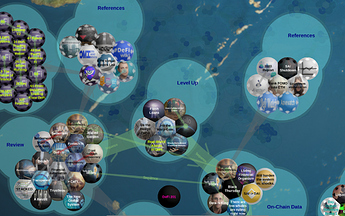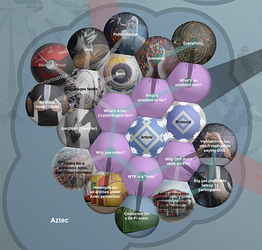The dollar value is certainly simpler, especially as the number of assets for MCD increases, but it’s not the whole story.
- Just because the dollar value went up (or down) does not mean more (or less) people are using DeFi… the total number of tokens could be relatively the same, just the value of existing tokens
changed - More users participating in DeFi requires more tokens to be locked, though an increase in tokens locked does not necessarily mean more users (as it could be the same ones)
- Yes, 1 BAT token locked isn’t the same as 1 ETH or wBTC, so just quoting an aggregate number of total coins locked isn’t very useful… you’d need to display a composite chart… or sum together the net % change in tokens locked for each token and chart that… like I said it’s more tricky to visualize.
Perhaps converting all values into ETH would be better, that might be more consistent. The point being that price volatility of the token collateral distorts the real picture of how much the DeFi space is growing. It’s difficult to measure something when the size of your ruler is constantly changing.
Average size and numbers of CDPs may be another useful measure.
I’m sure DeFi is growing like crazy, I’m just curious to compare where we’re at now to before the “Black Thursday” crash in an apples-apples way- something you can’t do in dollar terms.





 TCR’s are super important to get a good understanding of how Token Economics works wich is also the cornerstone for better DeFi understanding.
TCR’s are super important to get a good understanding of how Token Economics works wich is also the cornerstone for better DeFi understanding.